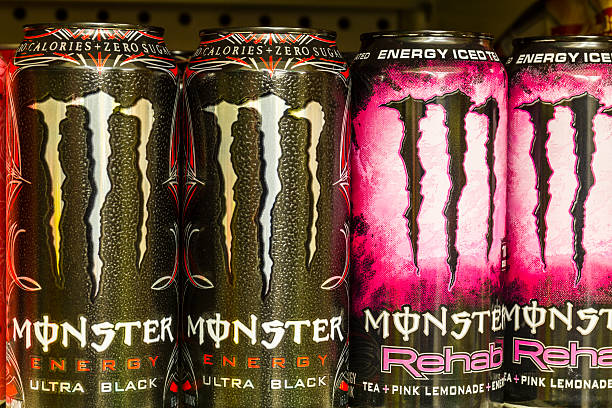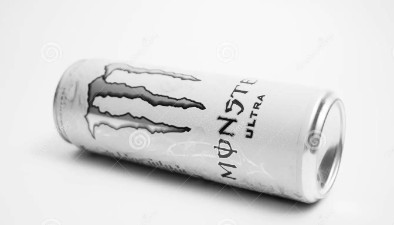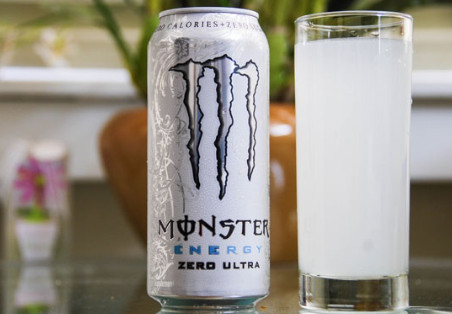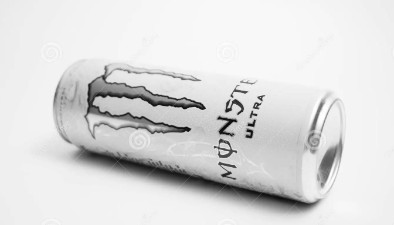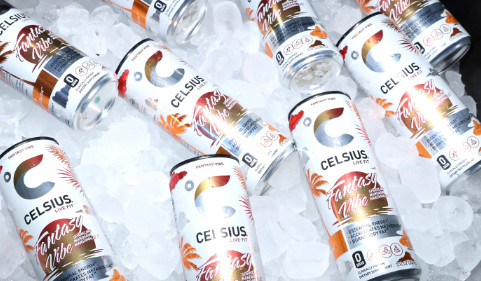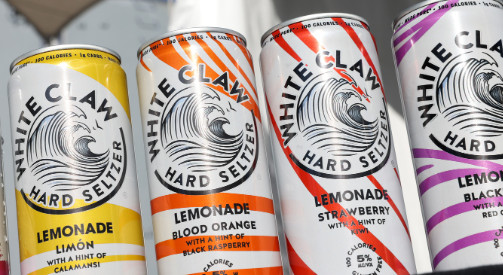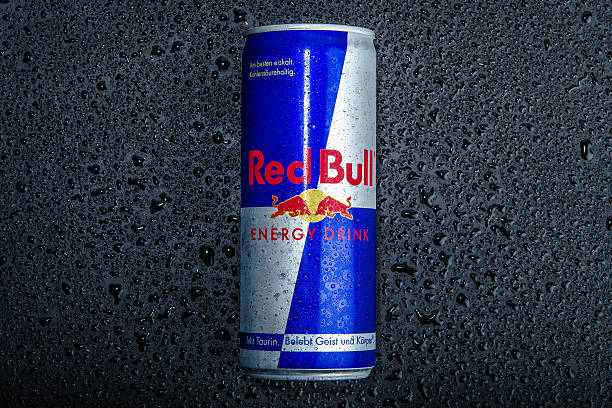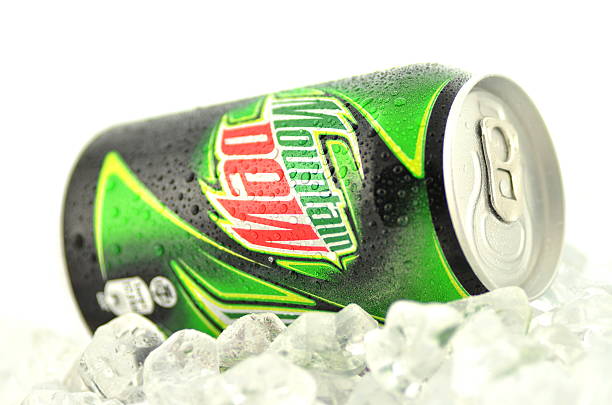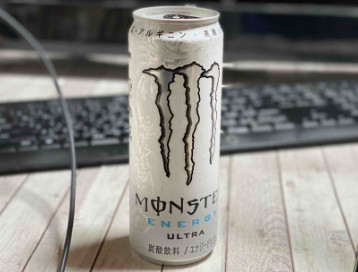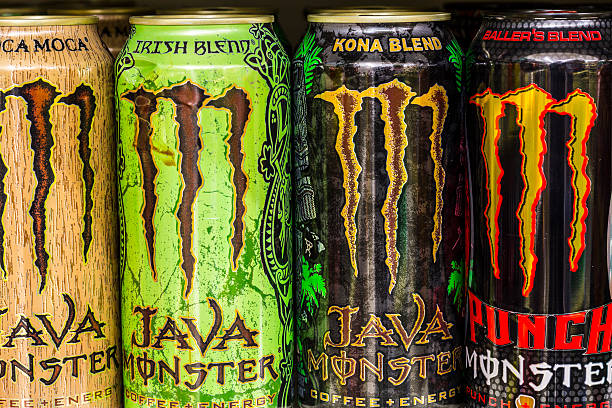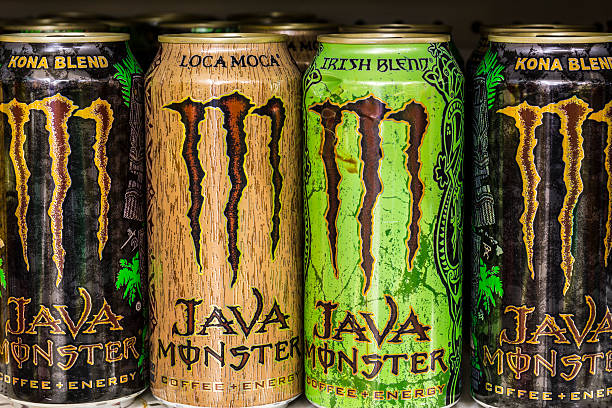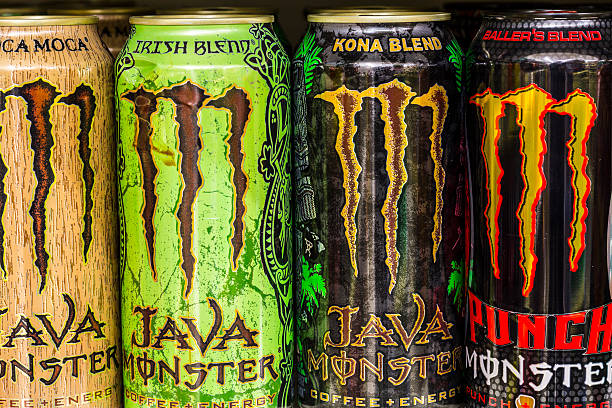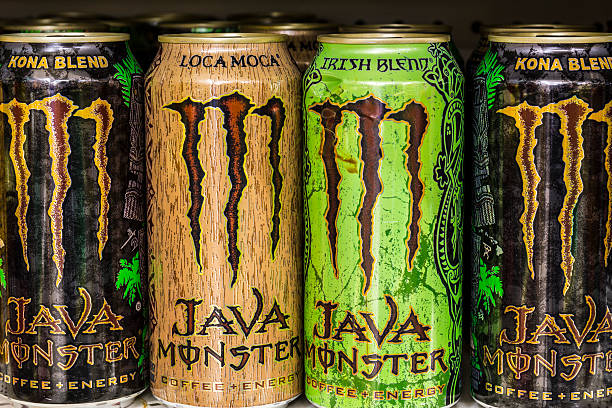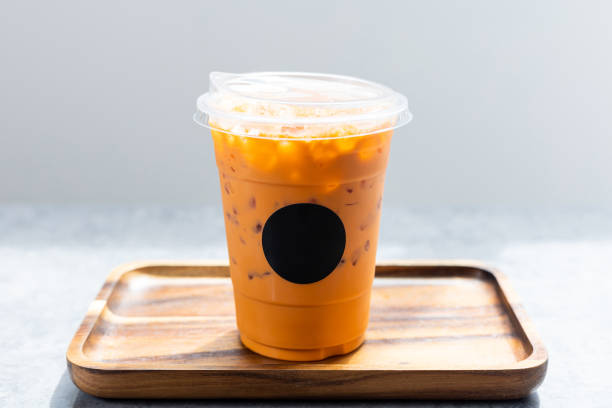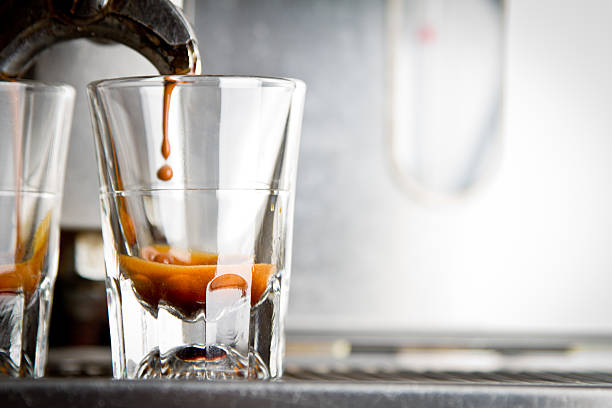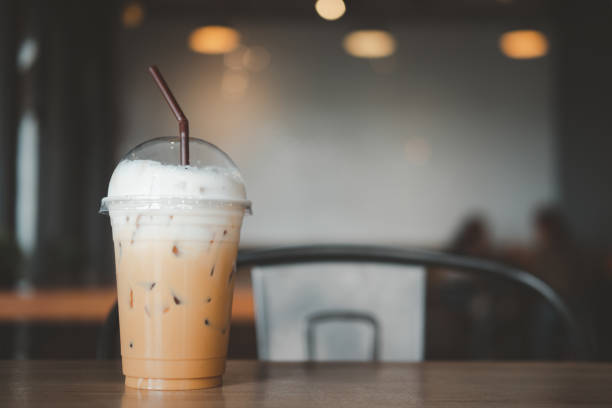Water, the essence of life, plays a pivotal role in maintaining our health and well-being. In a world increasingly conscious of hydration and its myriad benefits, understanding how to meet our daily water intake becomes essential. But when it comes to actually measuring that intake, things can get a bit tricky. The confusion often begins with the units of measurement we use to discuss volume—fluid ounces, liters, and gallons—and how these translate into the physical bottles of water we consume daily. This article aims to demystify that process, providing a clear guide to how many bottles of water is a gallon of various sizes you’ll need to drink to reach the golden gallon mark—a symbol of daily hydration success for many. Let’s dive into the world of water measurements and uncover the details behind the simple yet essential question: how many bottles of water is a gallon?
What Is Gallon?
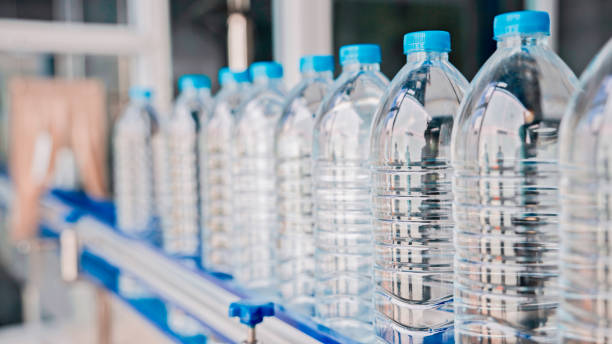
What Is Gallon?
Key Concepts in Water Measurement
Before diving into bottle volumes, let’s define the key terms:
- Fluid Ounces: The standard unit for measuring volumes of liquid in the US. 1 fluid ounce = 29.57 ml.
- Liters: The metric unit for measuring liquid volumes. 1 liter = 33.81 fluid ounces.
- Gallons: A common US liquid measurement unit. 1 gallon = 128 fluid ounces.
So in metric units, 1 gallon equates to approximately 3.8 liters.
The Variety of Water Bottle Sizes
Bottle sizes vary greatly, making it tricky to visually estimate how many bottles make up a gallon. Here are some of the most common sizes:
- 16.9 oz – The typical disposable plastic water bottle.
- 8 oz – A small reusable bottle, good for portability.
- 12 oz – The average canned soda size.
- 26 oz – Mid-size reusable bottles, good for short outings.
- 32 oz – Large reusable bottles, ideal for long term hydration.
As you can see, there’s quite a spectrum. But how many of each compose a gallon?
Calculating Bottles per Gallon by Size
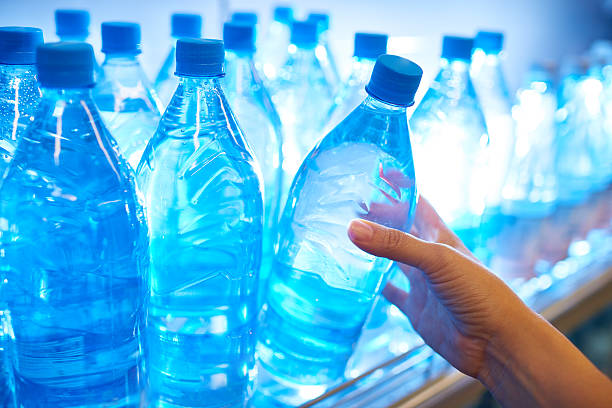
Calculating Bottles per Gallon by Size
To summarize:
- Almost 8 x 16.9 oz bottles make a gallon.
- It takes 16 x 8 oz bottles for a gallon.
- Around 11 x 12 oz bottles equal a gallon.
- 5 x 26 oz bottles constitute a gallon.
- 4 x 32 oz bottles make up a gallon.
So while the 16.9 oz disposable bottle is the norm, you’d need to drink almost 8 of them daily to meet the recommended water intake of 3.7 liters for men and 2.7 liters for women set by the U.S. National Academies of Sciences, Engineering, and Medicine. Larger reusable bottles help minimize environmental waste.
Beyond Numbers: Environmental and Health Perspectives
The popularity of disposable plastic water bottles raises sustainability concerns. Annually around 50 billion disposable bottles are consumed in the US alone. Fewer than 30% get recycled. The rest end up in landfills, where the plastic can take over 450 years to decompose.
Reusable bottles drastically cut this waste. They also keep water colder for longer while preventing chemical leeching associated with disposable bottles. From an environmental and health standpoint, reusable bottles are ideal.
Adequate hydration is also critical for health. Water boosts metabolism, aids digestion, regulates body temperature, and flushes toxins. Dehydration can cause headaches, lethargy, and impaired concentration. Proper water intake boosts cognitive and physical performance.
But the risks of overhydration also exist. Consuming too much water can disrupt electrolyte balances, causing a potentially fatal condition called hyponatremia. Moderation is key.
Material Matters: The Bottle’s Composition
What bottles are made of influences taste and safety. Common options include:
- Plastic – Cheap and portable but can leech chemicals like BPA over time.
- Glass – Chemically inert and eco-friendly but heavy and breakable.
- Stainless Steel – Durable, eco-friendly, but can impart metallic taste.
- Aluminum – Lightweight and recyclable but prone to denting.
Plastic is convenient but consider switching to more sustainable materials. Glass and steel bottles are endlessly reusable.
Staying Hydrated: Practical Advice and Hydration Tracking
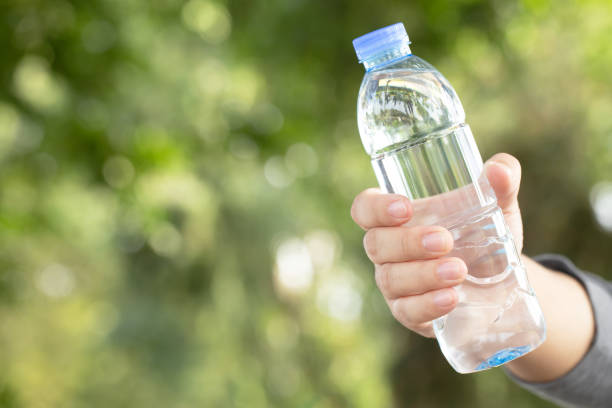
Staying Hydrated: Practical Advice and Hydration Tracking
Here are some tips for staying optimally hydrated:
- Carry a reusable bottle with you throughout the day.
- Drink a glass of water with every meal.
- Set reminders to drink water hourly.
- Install a water tracking app to monitor daily intake.
- Infuse water with fruits and herbs for flavor.
- Opt for water over sugary drinks.
- Drink extra water before, during and after exercise.
Water vs. Other Beverages: A Hydration Comparison
Not all beverages hydrate equally. The optimal hydration drink has:
- High water content – The more water, the better.
- Moderate carbohydrates – Too much sugar inhibits water absorption.
- Minimal caffeine – Caffeine acts as a mild diuretic, increasing urine output.
- Low alcohol – Alcohol suppresses anti-diuretic hormone, causing dehydration.
- Minimal carbonation – The gas can cause bloating.
Compared to other choices, water ticks all the boxes. Sports drinks can help replenish electrolytes after intense exercise but contain lots of sugars and additives best avoided otherwise.
How Much Water Should I Drink In A Day?
Based on the information from various sources, the recommended daily water intake varies slightly depending on factors like gender, age, activity level, and environmental conditions. Here are the general guidelines for daily water intake:
- Men are typically recommended to consume about 15.5 cups (3.7 liters) of water per day, while women are advised to drink around 11.5 cups (2.7 liters).
- The Institute of Medicine suggests a total daily fluid intake of about 13 cups for men and 9 cups for women, with 1 cup equaling 8 ounces.
- It’s important to adjust your water intake based on factors like your activity level, outside temperatures, overall health, medications, and age.
Ultimately, the exact amount of water you should drink daily is individualized and can vary. It’s recommended to drink enough water so that your urine is pale yellow, stay hydrated throughout the day, and adjust your intake based on your body’s needs and external factors. Remember, water is essential for various bodily functions and overall health.
Conclusion: How Many Bottles of Water Is a Gallon
When it comes to meeting daily fluid needs, few beverages hydrate better than plain water. Drinking adequate water confers tremendous health benefits. While disposable bottles are grabbing market share, sustainable reusable options better serve both human health and environmental well-being.
As the calculations illustrate, it takes multiple disposable bottles to fulfill daily requirements. Reusable bottles in larger sizes make hydration tracking and sustainability more achievable. Monitor your individual needs, opt for reusable over disposable, and drink enough water to thrive!



